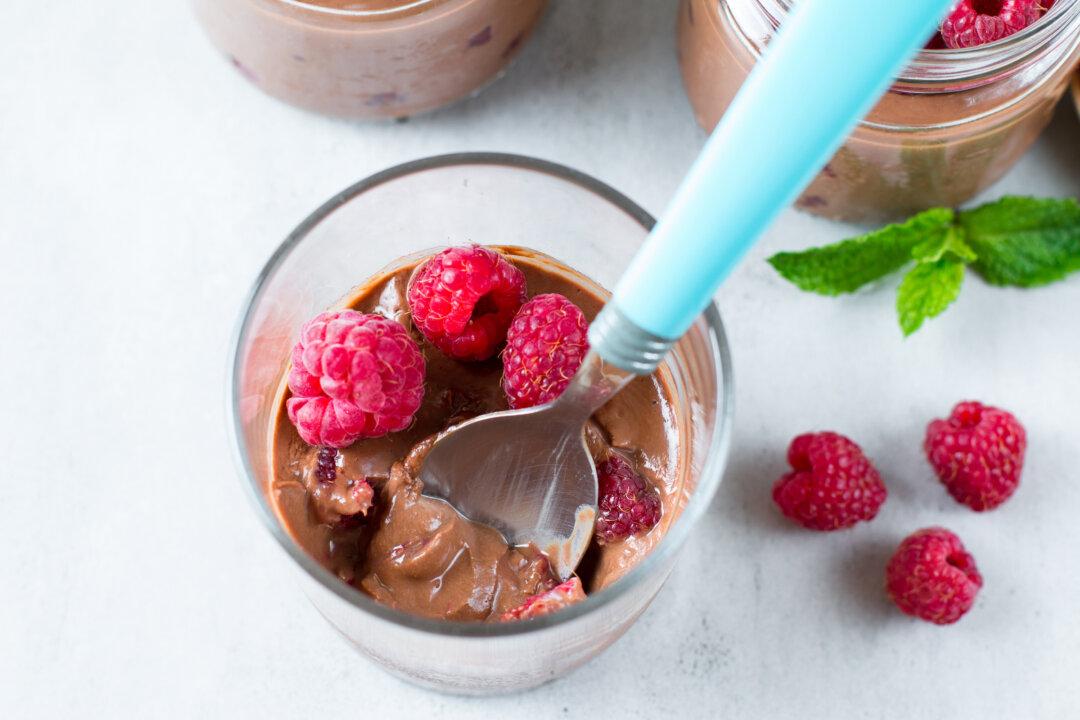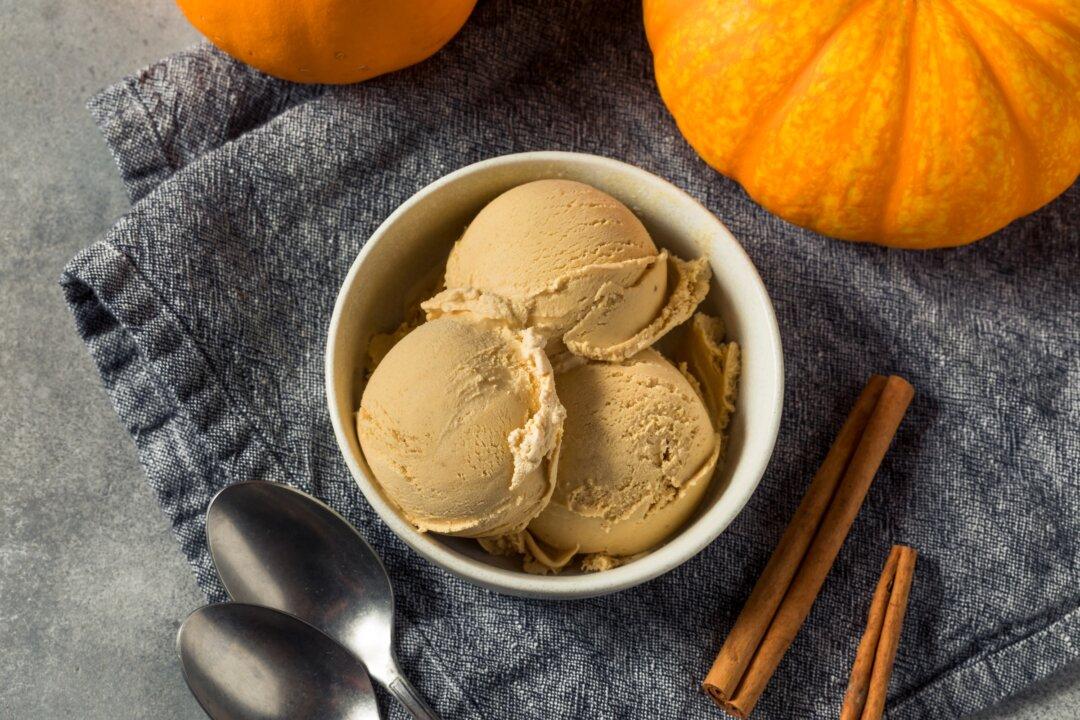Whether you are taking a road trip or flying to some distant destination, summer is the season for travel and adventure. Luckily, if you are committed to following a nutrient-dense diet style, you do not have to leave your healthy eating habits at home. With a little pre-planning and thinking outside the box, it is possible to relax and make healthy food choices even when you are not at home. It can even be fun to eat healthfully while traveling. Here are some of the strategies I use when I vacation with my family.
Hitting the Road
The American highway can be an endless line-up of fast food chains but visiting them doesn’t have to be part of your agenda. Invest in a large cooler, stock it with plenty of ice packs and bring along a supply of salads, cut up raw veggies, fruit, whole-grain wraps, raw nut butters, unsalted raw nuts and seeds. This is actually a lot more relaxing, especially if you are traveling with young children, because you do not have to worry about finding a restaurant everyone agrees on and foods that everyone likes. It is also less costly. Just pick a pretty, scenic location and enjoy your picnic.
If you are on the road for several days, stop at local farmers markets or grocery stores along the way to restock. It’s a great way to learn about a new area. I like to search for local farms that sell to the public in the area I am traveling to. It is fun to drive up directly to the farm for your food and talk to the farmer about the fruits of his labor: fresh berries, melons, cherries, peaches, apples, tomatoes, corn, okra, carrots. Visit a pick-your-own farm. Look for organic farms in the area and call ahead about your visit. You eat more raw fruits, veggies and nuts in the summer and less cooked food, because more raw veggie and fruit options are available. Fast food or chain restaurants are the same wherever you go in the world but farms and farmers markets showcase the best and freshest produce a location has to offer. They are abundant in the summertime and can be quite an adventure.
Make arrangements ahead of time so when you get to your destination, you have a refrigerator available or even better, a small kitchen so you can stock up on lots of healthy options, particularly for breakfast and lunch. At night, refreeze your ice packs if you have a fridge with a freezer in your room or travel with plastic bags and fill them up with ice from the hotel ice-maker. You can also ask the hotel to put your ice packs in their kitchen freezer. Travel with real silverware, and bring one big sharp knife, for opening melons and other uses. It is also wise to bring a large bowl for washing veggies and making food in the room. Don’t forget to bring your insulated water bottles that can be filled with ice and water when needed.
If you are flying, pack everyone’s carry-on bag with fruit that travels well such as apples as well as nuts, seeds or home-made trail mix. Contact the airline to investigate vegetarian or vegan options for in-flight meals, but don’t count on it to be healthy, you still need to bring your own food to play it safe.
Eating in Restaurants
Of course, eating out is part of being on vacation and you don’t need to give up restaurant dining completely. I look for restaurants that have healthy choices. Most restaurants have web sites and make their menus available on-line. Many places will make special accommodations. Call ahead and ask. I recommend eating dinner at a nearby Whole Foods Market or other healthy market that has a large salad bar. Many of the Whole Foods stores not only have salad bars, but cooked options too, such as steamed vegetables and veggie soups.
It is easy to find oatmeal and fruit for breakfast; you can even make it yourself by soaking it in the room the night before or cooking it in the coffee maker in your room. For lunch or dinner, look for restaurants which offer an interesting assortment of creative salads or have a salad bar. As I always say, “Make your salad the main dish.” Order a double-sized salad and let them charge you double. Ask for your salad dressing on the side and use it sparingly or ask for oil and vinegar and just use a little bit of oil. Because restaurant soups are always high in salt, it is best to avoid them. Ask the waiter not to bring bread to your table so you are not tempted to fill up before your meal arrives.
Request an extra side of steamed vegetables instead of pasta, potato or white rice to accompany your main dish. Ask for them to be made without butter, oil or salt. You can also just request a double serving of vegetables as your entrée. If you order a conventional entrée, choose simple broiled fish or chicken items and share with someone you are dining with so neither of you consumes an excessive amount of animal products. Asian restaurants are also good choices because you can order vegetable dishes that are steamed or water sautéed with the sauce on the side.
On vacation, you may not eat perfectly at every single meal but the goal is to eat very well the vast majority of the time. If you eat some conventional foods, don’t despair; just start eating healthfully again at your next meal, and continue for the entire next few days until the vacation is over. In other words, pick one or two meals, where you might eat something off your regular diet, such as an animal product, but not more than one or two meals the entire week away.
Lastly, be more active on the road. Do more and more exercise when you are away from home structuring your fun around physically demanding activities. Go to bed physically tired every day.
This article was originally published on www.drfuhrman.com. Read the original here.
*Image of “roadsign“ via Shutterstock






